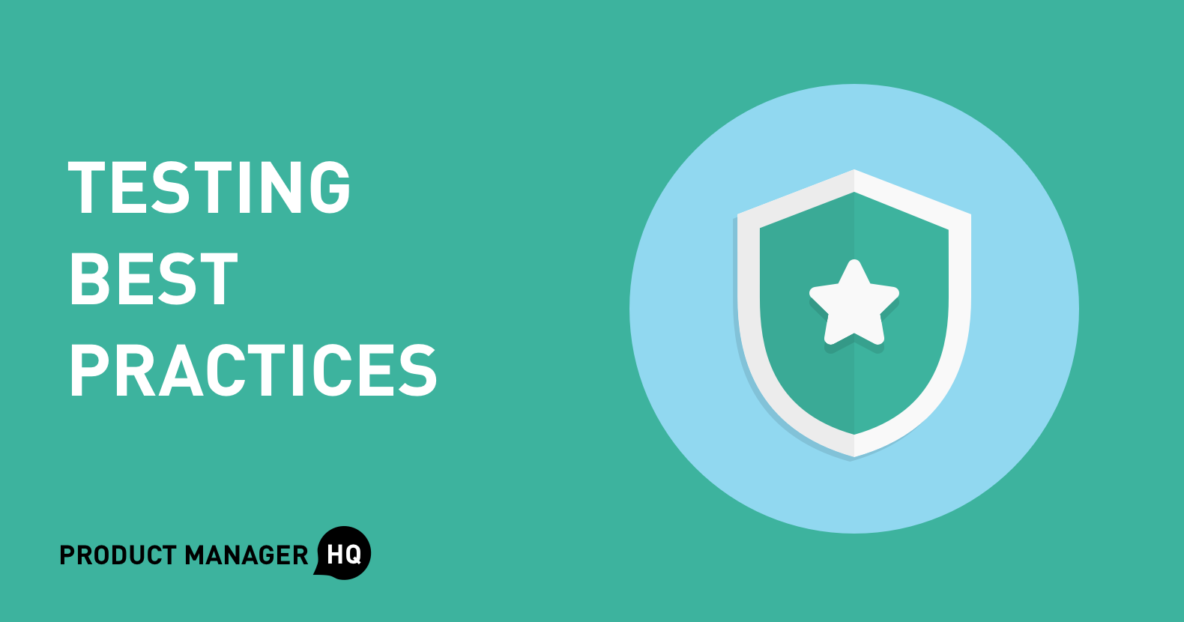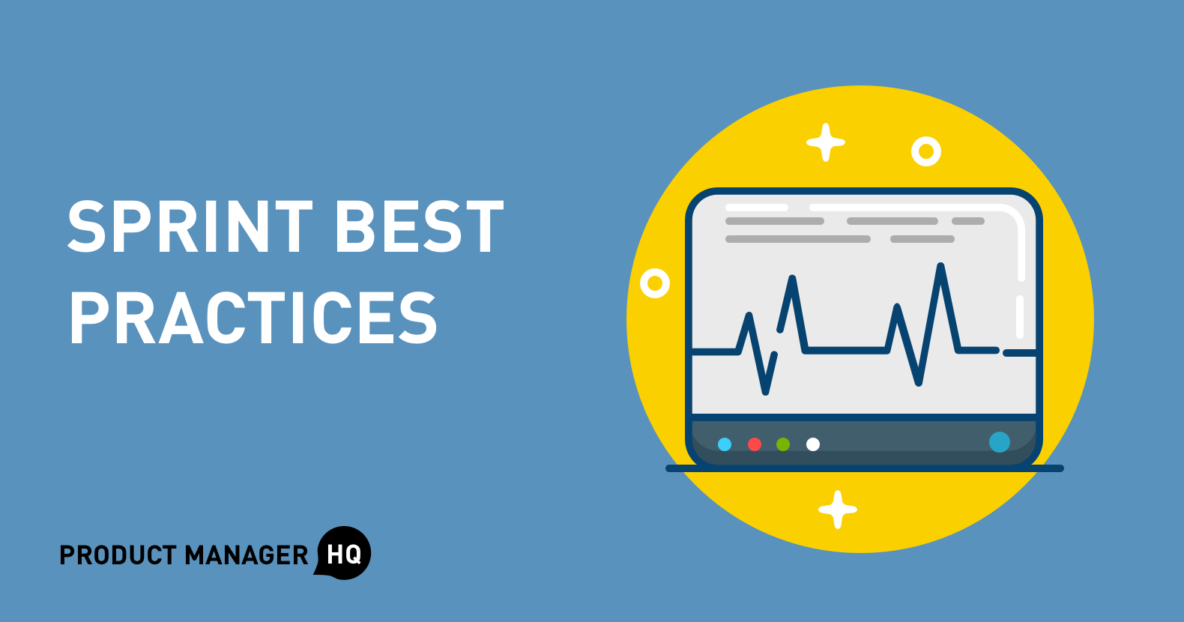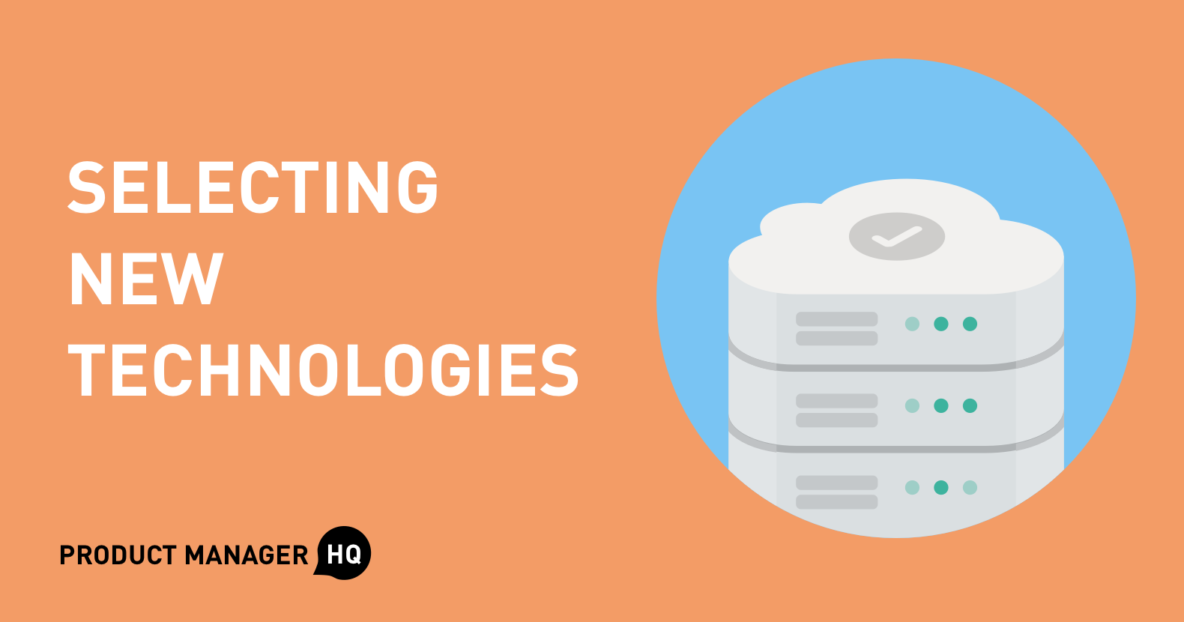In the PMHQ Slack community, we regularly get thought-provoking questions that we feel should be explored in-depth and documented for future reference. We’re starting a new set of Q&A posts called Highlights to dive into these kinds of questions, and enable everyone in the community to revisit the answers and contribute further!
“Should QA be part of the Dev or the Product team? At the moment I’m working for a startup that has a dev team with 8 developers and a product team of 5. Our current QA is part of the dev team.
The question is what team should have the ownership and accountability of QA, since product quality in the end comes back to product. I would love to learn how you’ve solved this in the past.”
Clement Kao has published 60+ product management best practice articles at Product Manager HQ (PMHQ). Furthermore, he provides product management advice within the PMHQ Slack community, which serves 8,000+ members. Clement also curates the weekly PMHQ newsletter, serving 27,000+ subscribers.






